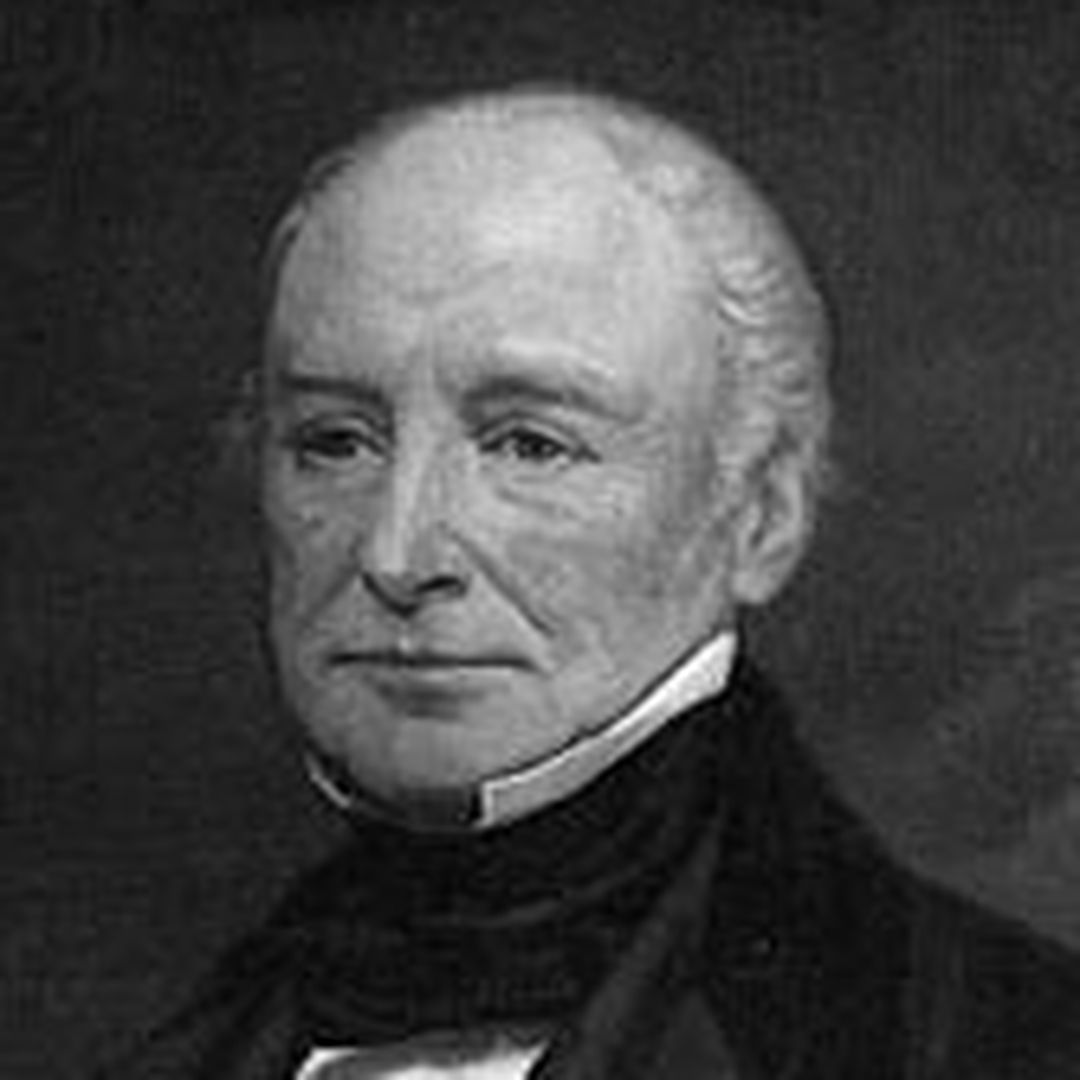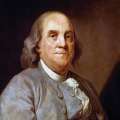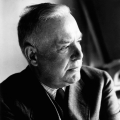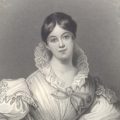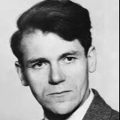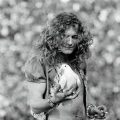James Dickson
The "Lynx-eyed" Seedsman
Today is the anniversary of the death of the Scottish nurseryman and seedsman James Dickson.
James Dickson led a remarkable life. He was born to a poor family in Scotland. As a young boy, he began working as a gardener on the nearby estate of an Earl. The job was a perfect fit for James. One day James overheard one of his fellow gardeners inquire about the name of a plant. When another young Gardener successfully answered, James was instantly inspired to learn everything he could about plants.
After working his way up as a gardener in Scotland, James eventually moved to London where he set up a nursery business in Covent Garden ("Cuv-int"). James became a trusted authority on mosses, fungi, and grasses and he even wrote two large botanical volumes.
With his hardwon botanical knowledge and eager disposition, he became friends with both the explorer Joseph Banks and the King’s gardener, William Forsyth. These key relationships put him in the top horticultural social circles of his day.
As a nurseryman, James was hardworking and insightful. When the British Museum decided to find a new gardener, Joseph Banks asked James if he was interested in the job. James put together a modest bid to improve and maintain the landscape around the museum. Not only did James win the bid but it was a position that he held for the rest of his life.
In terms of posterity, James was a founding member of the Royal Horticultural Society as well as was one of the seven men who established the Linnean Society.
James returned to Scotland to go on botanizing expeditions many times during his life. One of his botanist peers, Sir James Edward Smith, recognized James' strengths saying he had a “powerful mind, spotless integrity, singular acuteness and accuracy” and he memorably called James “lynx-eyed” because he was so good at spotting plants in the field.
James married Margaret Park after his first wife died. This marriage also resulted in a lifelong friendship with his brother-in-law Dr. Mungo Park. James introduced Mungo to his friend Joseph Banks and that's how Mungo became a famous explorer. Mungo traveled the world in the late 1700’s - going first to Sumatra and then to Gambia. James and his family thought Mongo had died after not hearing from him for two years. but on Christmas morning in 1797 James was working at his beloved British Museum Garden. James had gotten up early to tend to the greenhouses making sure that the fires were still going.
He was tending to his work and looked up and saw Mungo. It made for a happy family Christmas. Almost 10 years later, Mungo would undertake another journey - this time to Niger. But, sadly, after this trip, James would never see his dear friend and brother-in-law again. Mungo was attacked and killed by natives in 1806.
Fourteen years later, on this day, James died at his home at the age of 84. The poor Scottish child-gardener had made a successful life for himself tending the best gardens in England and is counted among the founding pillars of English horticulture.
James requested to be buried in the churchyard where he had spent much time as a younger man collecting mosses.
James is remembered with the Dicksonia - the tree fern genus.
This post was featured onThe Daily Gardener podcast:
helping gardeners find their roots,
one story at a time
